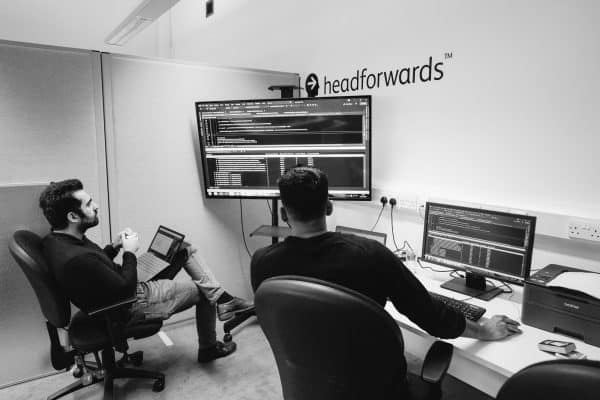What does digital literacy look like for councils?
Councils are staffed by hundreds and hundreds of people of all different ages in diverse roles, with an even more diverse set of skills. That means defining a single ideal level of digital literacy can be near-impossible. Identifying skills gaps can help councils target training as necessary – from helping traditional users get up to speed with the basics, to supporting those who are already digitally literate as they find new and innovative ways to apply tech to their roles.
Digital literacy isn’t just about knowing how to use a piece of software to do a task. It’s about council employees really understanding how that software supports them in their role – freeing up time for higher-value work and providing a better service to citizens.
As councils adapt to a more digital-first way of operating, they should think about how behaviour needs to change throughout the organisation, as well as considering all the new processes and solutions available. Simply put, you can’t introduce new tech properly without the right approach to change management.
Encouraging change in a traditional organisation
The best-designed and best-intentioned tech rollouts can have a limited impact – or even fail entirely – if the end-users aren’t on board with the change. After all, spending the time and resources on a project like building automated Microsoft Dynamics workflows won’t boost efficiency if everyone just keeps using the manual processes they’re familiar with. Users get attached to the way they’re used to doing things, even when it’s inefficient or a major time sink.
Take a budget spreadsheet, for example. One or two owners, manually updated, and full of custom formulas. Even though there are simpler, more centralised systems for managing budgets, some people will want to maintain ownership of their spreadsheets and stick to what’s familiar.
The change management challenge here is clearly communicating what the new solution offers, how it’s going to make people’s jobs easier and, crucially, how this factors into a bigger picture for the council. People often respond better to change when it’s put into the full context – what it means for them, but also how it’s contributing to improvements in the organisation and its services, too.
Councils are often very traditional, hierarchical organisations. In some ways, this can be a drawback, but it can also be used to make change management more effective. Gaining high-level buy-in for new technologies and filtering that down through management layers can help build enthusiasm throughout the organisation. As long as people in a variety of roles across the business have the opportunity to give their own thoughts, requirements and feedback, it’s a great way to create a consistent push towards digital literacy for the whole council.
Digital literacy and the general public
It’s not just internal digital literacy that councils should be considering, however. If they want to extend the benefits of their new technology to the citizens they serve, the public’s digital literacy levels are just as important.
Councils can expect their own people to have a certain level of literacy already, or they can provide the necessary training to get them up to speed. But there’s no guarantee that the public are ‘digital citizens’, especially for councils that serve rural or largely elderly populations.
Simplicity is most important when it comes to the services the public use regularly; paying their council tax, checking the recycling schedule, or contacting councillors, for instance. On websites the world over, shoddy systems are hidden by flashy designs, while great services get buried under overly complex user interfaces. Straightforward self-service through an easy-to-follow process is the way to go.
Councils don’t often involve designers in their software projects, but it’s a worthwhile investment, especially for major public-facing projects. If citizens are faced with a clunky system when they log in to use council services, it’s very likely that they won’t use it again – and it can be difficult to tempt them back when it’s fixed.
Beyond this, there are always going to be some people who are unable or unwilling to use digital services. Some older members of the public might prefer the traditional phone call, while others won’t have reliable access to computers or smartphones.
That’s where intelligent, interconnected digital systems are really going to make the difference. Even when council employees need to use manual processes – like handling a phone call and recording information from it – that data should feed directly into the centralised system. So, even though the process isn’t digitised, it’s still contributing to a more efficient, effective ecosystem.
Councils need to learn to trust IT
In many organisations – particularly long-established institutions – the IT team has had to work hard to get a seat at the top table with the other decision-makers. And for a lot of councils, that’s still an ongoing struggle. Understanding the value that IT brings to the organisation, not just as a supporting department but a strategic player at the highest level, is crucial for successful software projects and improving digital literacy across the council.
Of course, leaders within the council can send their business requirements down to the IT department and get a solution in return, exactly as they always have. But these relationships work best when they’re back and forth, with everyone bringing new ideas to the table to solve problems. And often, IT will be able to identify problems and prepare solutions for issues the wider organisation hasn’t even noticed yet.




